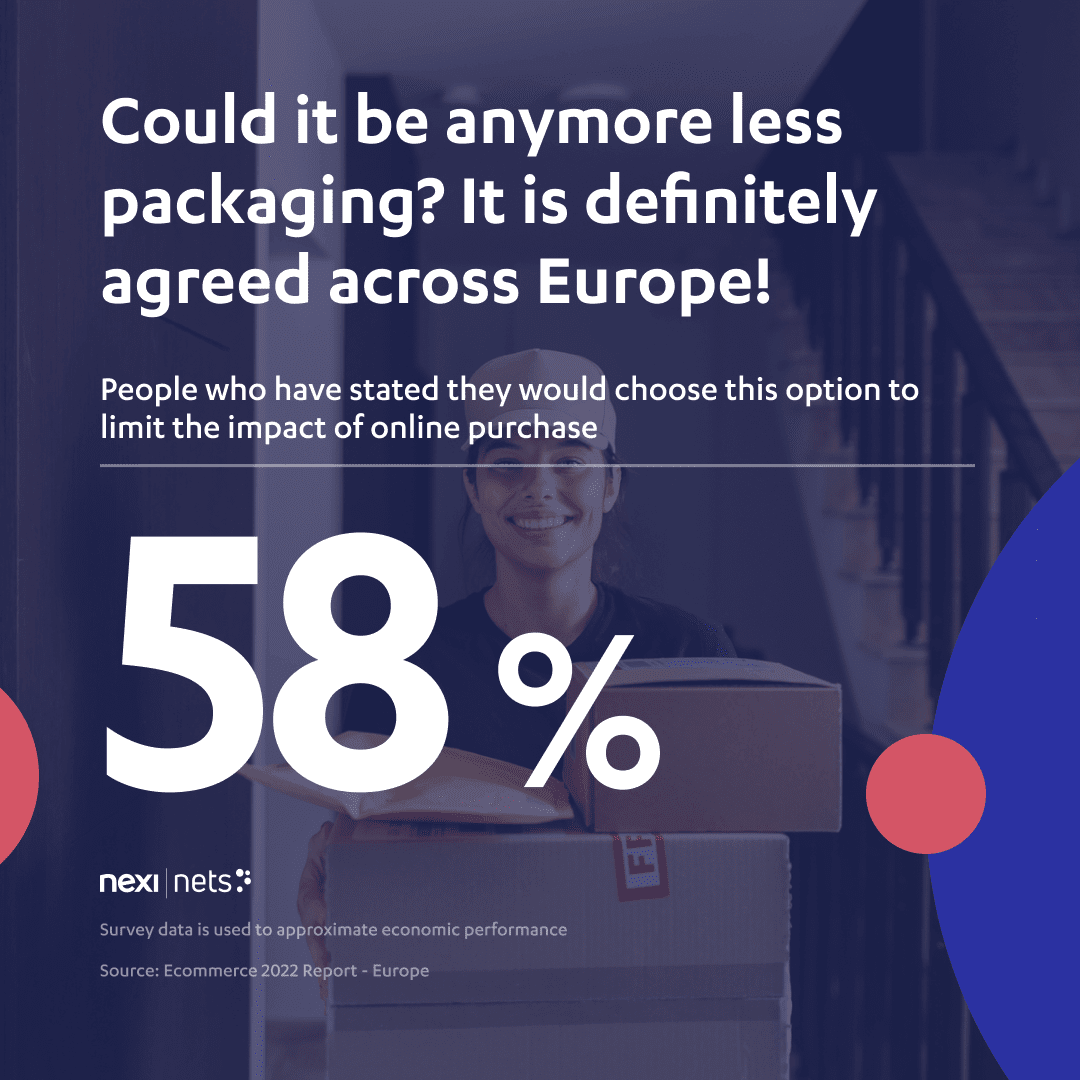Reasons Businesses go Green
McKinsey & Co.’s 2020 survey revealed that 75% of millennial respondents considered sustainability as an important factor when making a purchase, proving that the conscious consumer has now become the norm.
As the environmentally conscious Millennials and Gen-Z go on to make up the dominant consumer demographics, ethical e-commerce is only going to become more important.
The new generations are less willing to compromise and will walk away from greenwashing and unsustainable businesses without batting an eye.
Early adoption of green e-commerce can make the business stand out in the highly competitive market, as over 50% of customers cited environmental impact as the reason to opt for one online retailer over another.
Also, sustainable e-commerce is future-oriented: investing in improving the company’s ethical approach now can save you from experiencing losses later.
Customers are happy to pay more for a sustainable, durable product as they consider it to be a long-term investment. This is particularly evident in fashion, where new trends to address sustainability are emerging. One of them is the “circular economy”, a model that promotes the reusing of existing products and the recycling of materials.
Offering “preloved” products at more affordable makes companies more competitive, especially in today’s inflation-ridden economy.
Sustainable e-commerce companies make the production process more effective by practicing a more efficient use of materials, recycling, and reducing packaging.
This way, they minimize waste, reduce energy consumption, and make the supply chains more efficient. By implementing sustainability in e-commerce, companies can save money while helping protect the environment. This, in turn, improves the company’s public image, ensuring better product sales.
Still not convinced? Well, seeing as more and more countries are introducing sustainability regulations to decrease carbon emissions, soon it will no longer be a matter of choice for companies to implement these measures. It just makes sense to get in on it sooner rather than later.
How to Communicate Sustainability?
The first rule of communicating sustainability is: do talk about sustainability. The second one? Don’t lie. When it comes to ethical e-commerce, actions speak as loud as words, and it is crucial that the company embodies the values it promotes – from caring about its workers to caring about the environment.
In communicating sustainability efforts, make sure to only put forward the information that can be verified. Transparency and authenticity are fundamental to consumer trust: once a company is caught greenwashing, it will lose this trust and it will be very difficult to bounce back. If possible, validate the information with official certificates of green commerce. However, don’t just go for simple solutions, as you might end up using visual clichés – sustainable e-commerce brands don’t always need to be represented by a combination of green and cardboard-color visuals.
It would also be wise to steer clear of general proclamations on saving the environment as they might easily come off as generic and dishonest. Keep your message simple and be careful not to overwhelm the customers by getting tangled up in complex explanations. Use visual accessories when possible, such as charts, stats, infographics, callouts, images, videos, and animations.
Becoming a sustainable e-commerce brand is a long-term project. Companies are now required to practice what they preach and implement a holistic approach to sustainability that encompasses everything from production to delivery, from using recycled materials to reducing waste. Ethical e-commerce is an investment in the brand’s future that boosts the company’s public image and reduces costs in the long run. We have reached a point where embracing sustainability is a must for brands that don’t want to end up being left behind.









